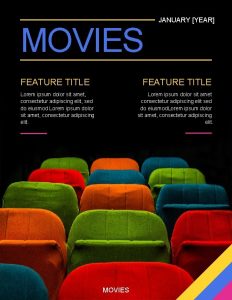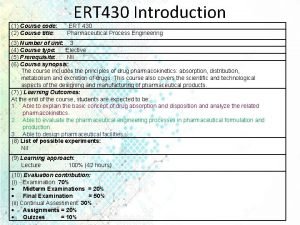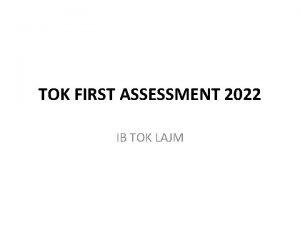TITLE Revision 17 January 2022 Last week Last








- Slides: 8

TITLE: Revision 17 January 2022 Last week Last month What does Gregory say about perception? PE I N VC What are Piaget’s 4 stages of development? At what age do we go through them? Last lesson Outline one evaluation that you can make about Gregory’s theory of perception. Last year What did Bartlett do (method) in his ‘War of the Ghosts’ study? LO: To revise previously learnt content. S P C F How can you link Murdock’s study to the Multi -store model of memory? How does the study support this theory?

Next lesson: You will be doing your mini-assessment on the content that we have covered so far in Perception. It is very important that you revise for you assessments! LO: To revise previously learnt content.

Using your knowledge, notes, and textbooks, complete the revision handouts for the content that we have covered so far. LO: To revise previously learnt content.

Q 1. According to Gregory, perception is: a. b. c. d. The same as sensation A construction of the world around us Mostly an innate ability A direct process. LO: To revise previously learnt content.

Q 2. Which is the most accurate description of perception? a. Detecting a stimulus in the environment b. The experience of the world around us processed through our sensory receptors c. Organisation and interpretation of sensory information about the world d. How sensory receptors turn sounds, smells, sights, etc, into signals sent to the brain. LO: To revise previously learnt content.

Q 3. The Ames Room illusion illustrates: a. b. c. d. Sensory receptors Misinterpreted depth cues Muller-Lyer Sensation. LO: To revise previously learnt content.

Q 4. An important binocular depth cue is: a. b. c. d. Linear perspective Retinal disparity Relative size Occlusion. LO: To revise previously learnt content.

Q 5. The optic array is: a. b. c. d. The nerve connecting the eye with the brain The visual cells at the back of the eye Everything we can see at any one time A visual cue to depth. LO: To revise previously learnt content.















